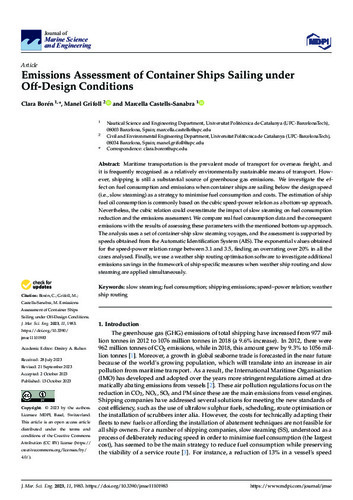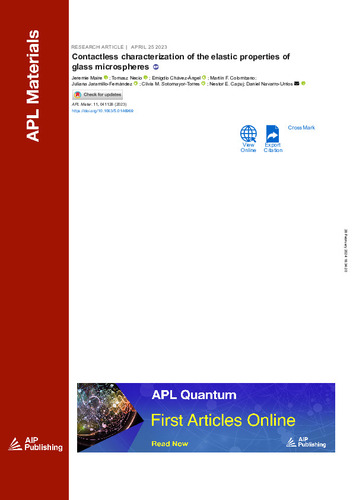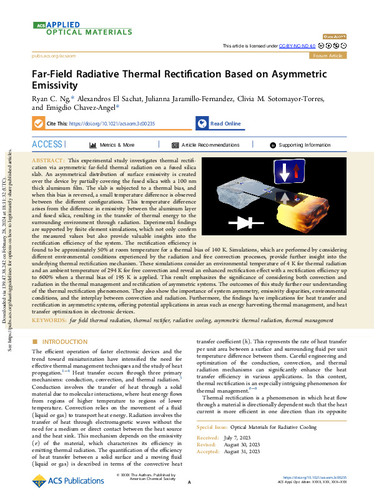CREMIT - Centre de Recerca de Motors i Instal·lacions Tèrmiques
Unió funcional de dos grups de recerca ja consolidats i especialitzats en els àmbits de motors tèrmics i instal·lacions tèrmiques motores (CREMIT) l'un, i en màquines Frigorífiques, bombes de calor i processos de transferència de calor (CER) l'altre.
Els objectius comuns per als propers tres anys són els següents:
- la generació de coneixement expressada en publicacions científiques en els àmbits esmentats, i
- la transferència de resultats de la recerca a les empreses i institucions mitjançant acords i convenis específics de col·laboració.
The aim is to join two small, consolidated research groups, one of which specialises in heat engines and machines (CREMIT) and the other in cooling and heating equipment (CER). The common aims for the next three years are to produce knowledge for publication in scientific journals in the aforementioned fields and to transfer the results of research to companies and public institutions.
The aim is to join two small, consolidated research groups, one of which specialises in heat engines and machines (CREMIT) and the other in cooling and heating equipment (CER). The common aims for the next three years are to produce knowledge for publication in scientific journals in the aforementioned fields and to transfer the results of research to companies and public institutions.
Col·leccions
-
Altres [1]
-
Articles de revista [48]
-
Llibres [2]
Enviaments recents
-
Emissions assessment of container ships sailing under off-design conditions

(Multidisciplinary Digital Publishing Institute (MDPI), 2023-10-01)
(Multidisciplinary Digital Publishing Institute (MDPI), 2023-10-01)
Article
Accés obertMaritime transportation is the prevalent mode of transport for overseas freight, and it is frequently recognised as a relatively environmentally sustainable means of transport. However, shipping is still a substantial ... -
Contactless characterization of the elastic properties of glass microspheres

(American Institute of Physics (AIP), 2023-04-25)
(American Institute of Physics (AIP), 2023-04-25)
Article
Accés obertGlass microspheres are of great interest for numerous industrial, biomedical, or standalone applications, but it remains challenging to evaluate their elastic and optical properties in a non-destructive way. In this work, ... -
Far-field radiative thermal rectification based on asymmetric emissivity

(American Chemical Society (ACS), 2023-09-29)
(American Chemical Society (ACS), 2023-09-29)
Article
Accés obertThis experimental study investigates thermal rectification via asymmetric far-field thermal radiation on a fused silica slab. An asymmetrical distribution of surface emissivity is created over the device by partially ... -
Data acquisition differences between two AIS receiving antennas.

(2023)
(2023)
Text en actes de congrés
Accés restringit per política de l'editorialRaw AIS messages are key to interpret the validity of AIS messages used in science for maritime spatial planning purposes. The Barcelona School of Nautical Studies has hosted two AIS antennas, storing raw messages ... -
Data alternatives for marine efficiency monitoring

(International Association of Maritime Universities, 2017)
(International Association of Maritime Universities, 2017)
Llibre
Accés restringit per política de l'editorialThe implementation of measures to increase the energy efficiency of ships is not so successful as expected. A benchmark is needed to gain insight in the present state of the energy efficiency of ships. That can be used to ... -
Designer SiO2 metasurfaces for efficient passive radiative cooling

(John Wiley & sons, 2023-11-27)
(John Wiley & sons, 2023-11-27)
Article
Accés obertIn recent years, an increasing number of passive radiative cooling materials are proposed in the literature, with several examples relying on the use of silica (SiO2) due to its unique stability, non-toxicity, and availability. ... -
Investigación del proceso de crecimiento de burbujas de helio en eutéctico de litio-plomo

(2023)
(2023)
Text en actes de congrés
Accés restringit per política de l'editorialEn reactores de fusión, la posibilidad de formación de burbujas de helio (He) en envolturas regeneradoras que utilizan la aleación eutéctica de litio-plomo (LLE) como material regenerador de tritio no es remota. Una vez ... -
Inclusion of the gender equality sustainable development goal in engineering teaching and research

(2023-08-01)
(2023-08-01)
Article
Accés obertThis work explores how gender mainstreaming can be included in the teaching and research of engineering, a framed discipline belonging to Science, Technology, Engineering and Mathematics (known with the acronym STEM), an ... -
Estimating fishing effort from highly resolved geospatial data: Focusing on passive gears

(Elsevier, 2023-08-24)
(Elsevier, 2023-08-24)
Article
Accés obertIncreasing competition for marine space requires the appropriate development of indicators to best represent the use of marine areas and the value (whether economic, social and/or cultural) derived from such use. Fishers ... -
Estrategias de monitorización de la electrólisis de hidrógeno en electrolizadores PEM

(Publicacions de la Universitat Jaume I, 2023)
(Publicacions de la Universitat Jaume I, 2023)
Comunicació de congrés
Accés obert -
Simulation of flash floods in ungauged basins using post-event surveys and numerical modelling

(John Wiley & sons, 2015-12-01)
(John Wiley & sons, 2015-12-01)
Article
Accés restringit per política de l'editorialThe hydrological and hydraulic processes of the flash flood that affected Atrani village (Amalfi Coast of Southern Italy) on 9 September 2010 are analysed using post-flood surveys and numerical modelling. Observations in ... -
Comparison of different hydrological and stability assumptions for physically-based modeling of shallow landslides

(Elsevier, 2023-09)
(Elsevier, 2023-09)
Article
Accés restringit per política de l'editorialPhysically-based models are reliable techniques for landslide susceptibility assessment, therefore, several models have been proposed in the literature. In this study, two different hydrological models (FSLAM and TRIGRS) ...








